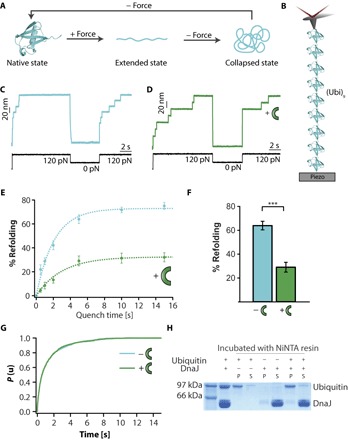Fig. 1. DnaJ binds to ubiquitin and blocks refolding.

(A) Scheme of the distinct protein conformations visited by ubiquitin [Protein Data Bank (PDB): 1UBQ] when exposed to mechanical force, namely, native, collapsed, and extended (22). (B) Schematics of the single-molecule nanomechanical experiment, whereby a ubiquitin polyprotein (Ubi)9 is tethered between a gold substrate and an atomic force microscopy cantilever tip. (C) A force-quench protocol demonstrates that ubiquitin can quantitatively refold in tq = 5 s, marked by the presence of 20-nm steps in the test pulse. (D) By contrast, upon addition of 5 μM DnaJ, the refolding efficiency is significantly decreased. (E) The kinetics of ubiquitin refolding is measured by changing tq, spanning the range 0.5 to 15 s (blue symbols; tq = 0.5 s, n = 37 individual trajectories; tq = 1 s, n = 56; tq = 2 s, n = 36; tq = 5s, n = 46; tq = 10 s, n = 44; tq = 15 s, n = 26). A single exponential fit to the refolding kinetics of wild-type ubiquitin displays a folding rate kf = 0.52 ± 0.05 s−1. In the presence of DnaJ (green symbols), the refolding rate is decreased down to kf = 0.29 ± 0.07 s−1 (tq = 0.5 s, n = 36 trajectories; tq = 1 s, n = 30; tq = 2 s, n = 39; tq = 5 s, n = 37; tq = 10 s, n = 35; tq = 15 s, n = 52). Such a reduced refolding rate can be explained in terms of the delayed ubiquitin collapse in the presence of DnaJ (fig. S1). (F) Whereas ubiquitin reaches a high refolding yield (~65%), the addition of DnaJ (green symbols) significantly (P < 0.0001) reduces the yield down to ~30% at a quench time of tq = 5 s. (G) The unfolding kinetics of ubiquitin at 120 pN in the absence and presence of 5 μM DnaJ does not result in a change in the unfolding rate [ku = 0.93 ± 0.06 s−1 (n = 195 unfolding trajectories) and ku = 0.94 ± 0.07 s−1 (n = 138 unfolding trajectories), respectively], suggesting that DnaJ does not bind to the native state of ubiquitin. (H) These results are confirmed with pull-down assays, demonstrating that DnaJ and the folded ubiquitin do not coprecipitate (P, pellet; S, supernatant).
